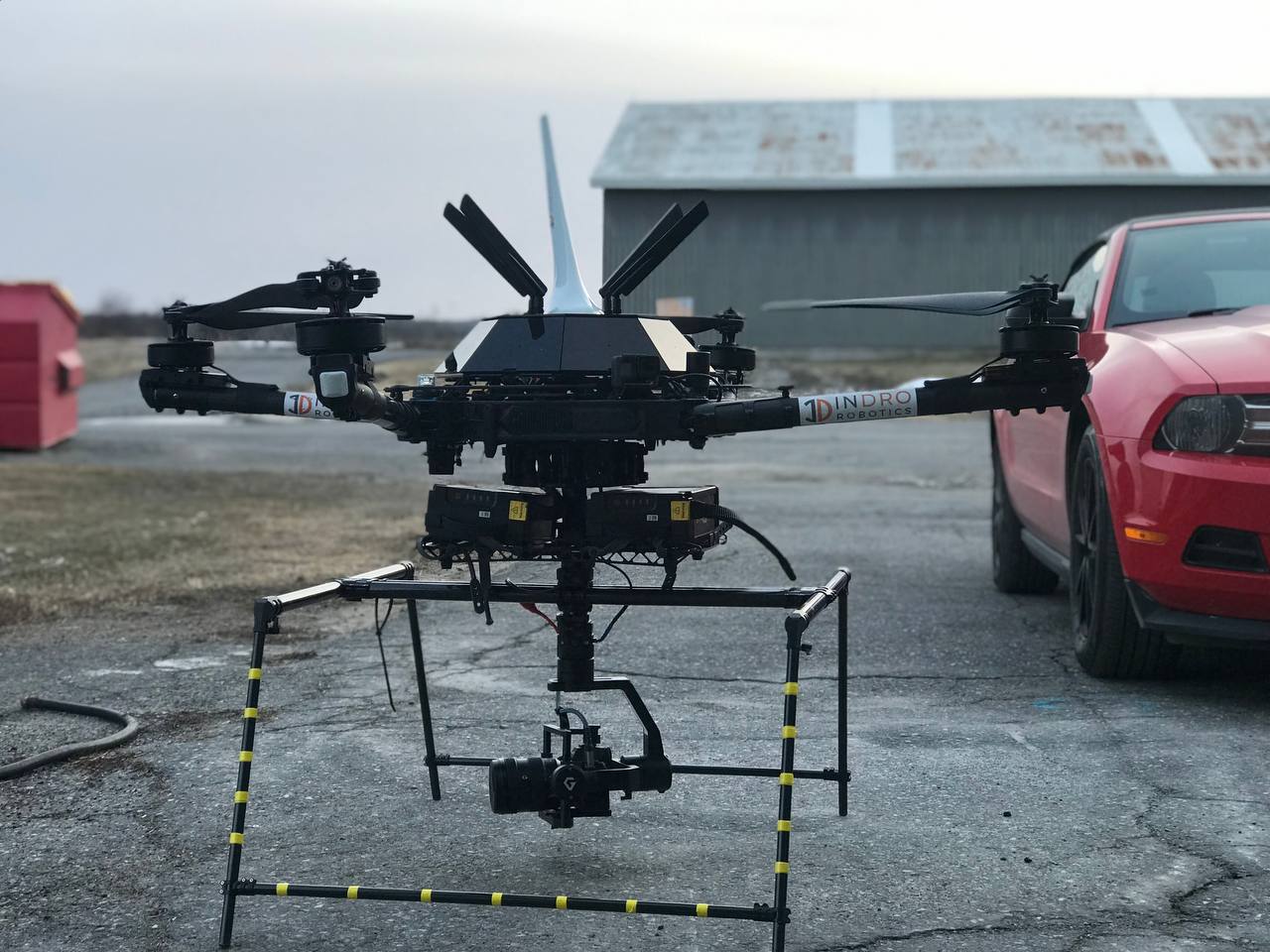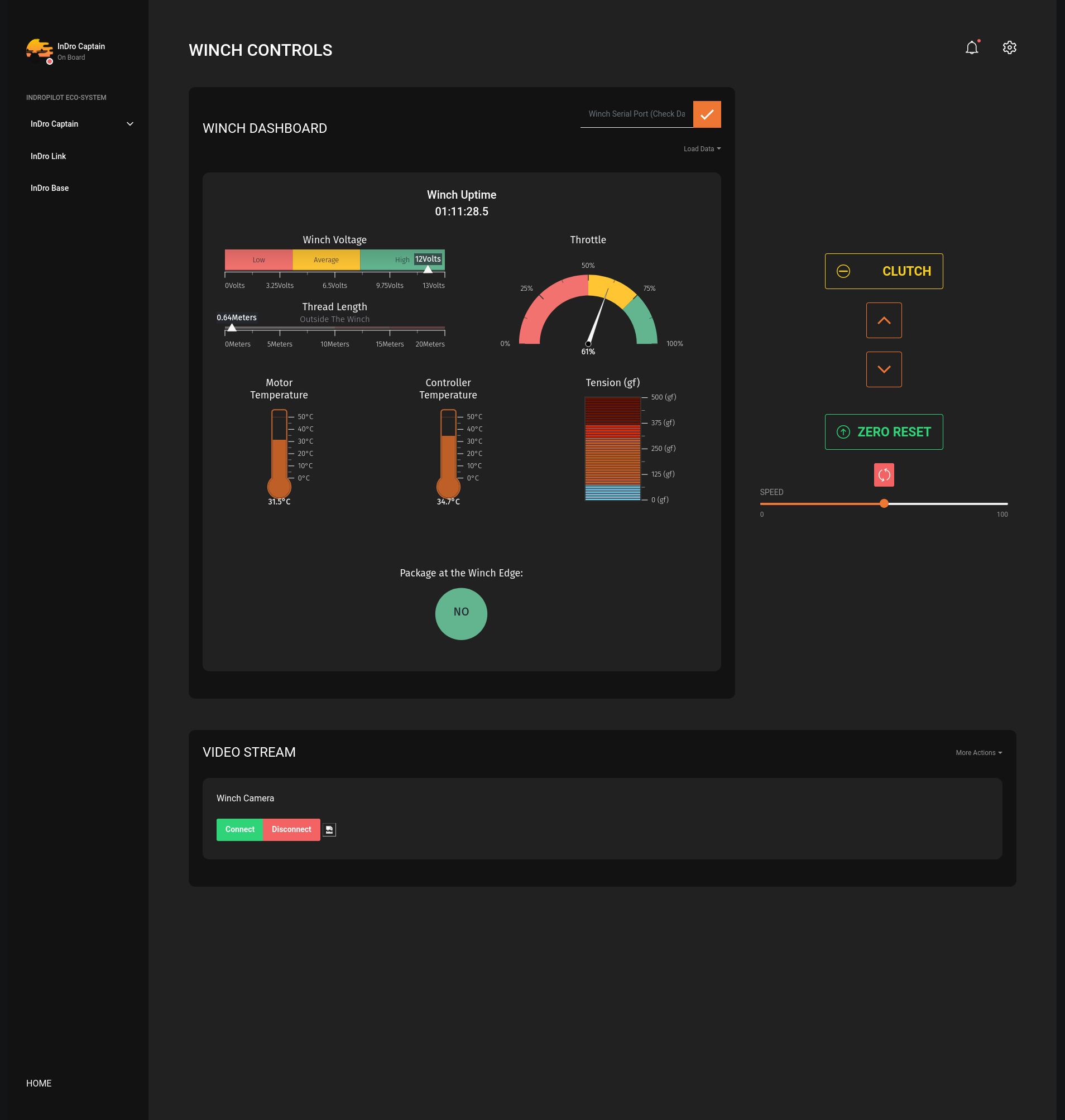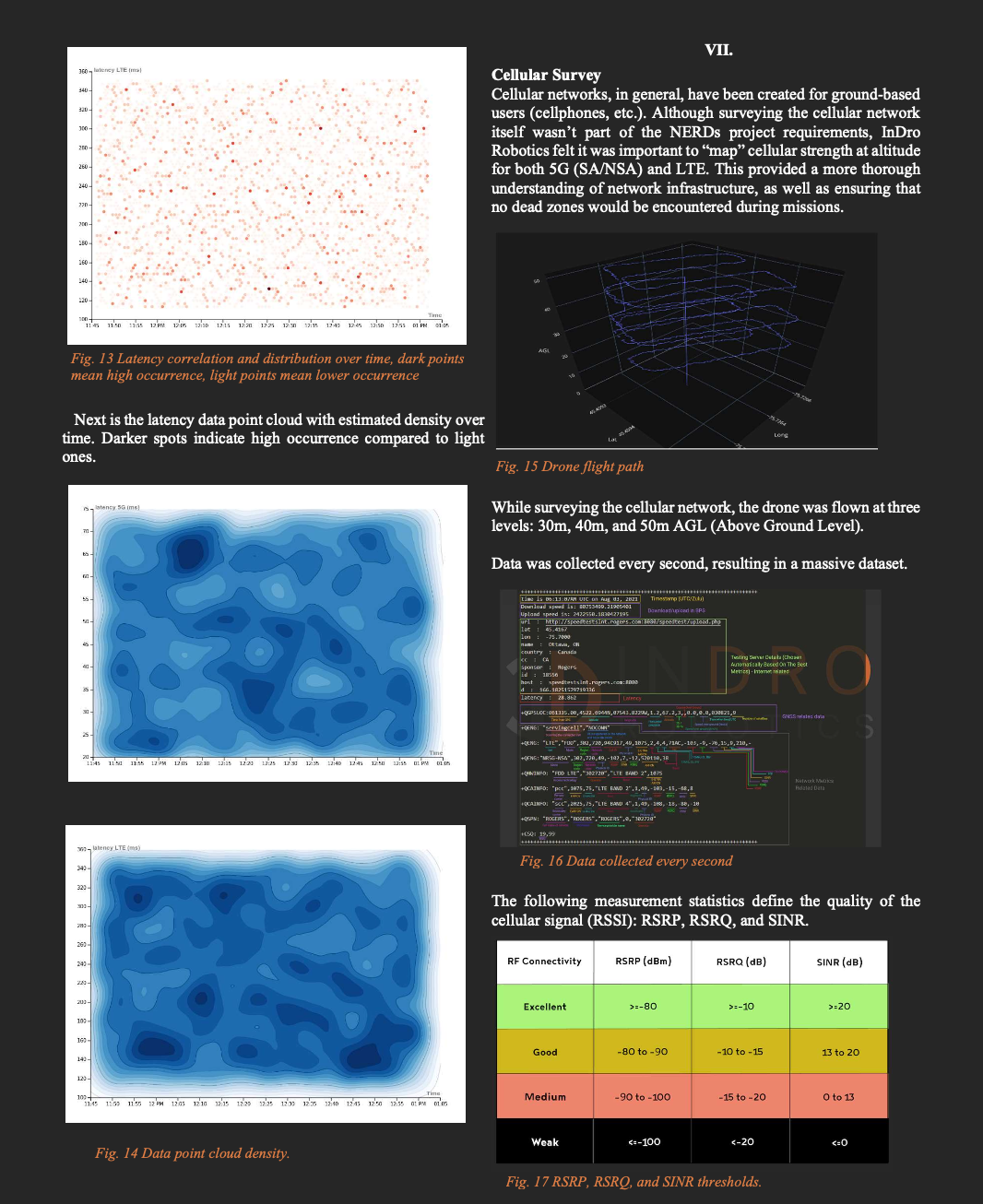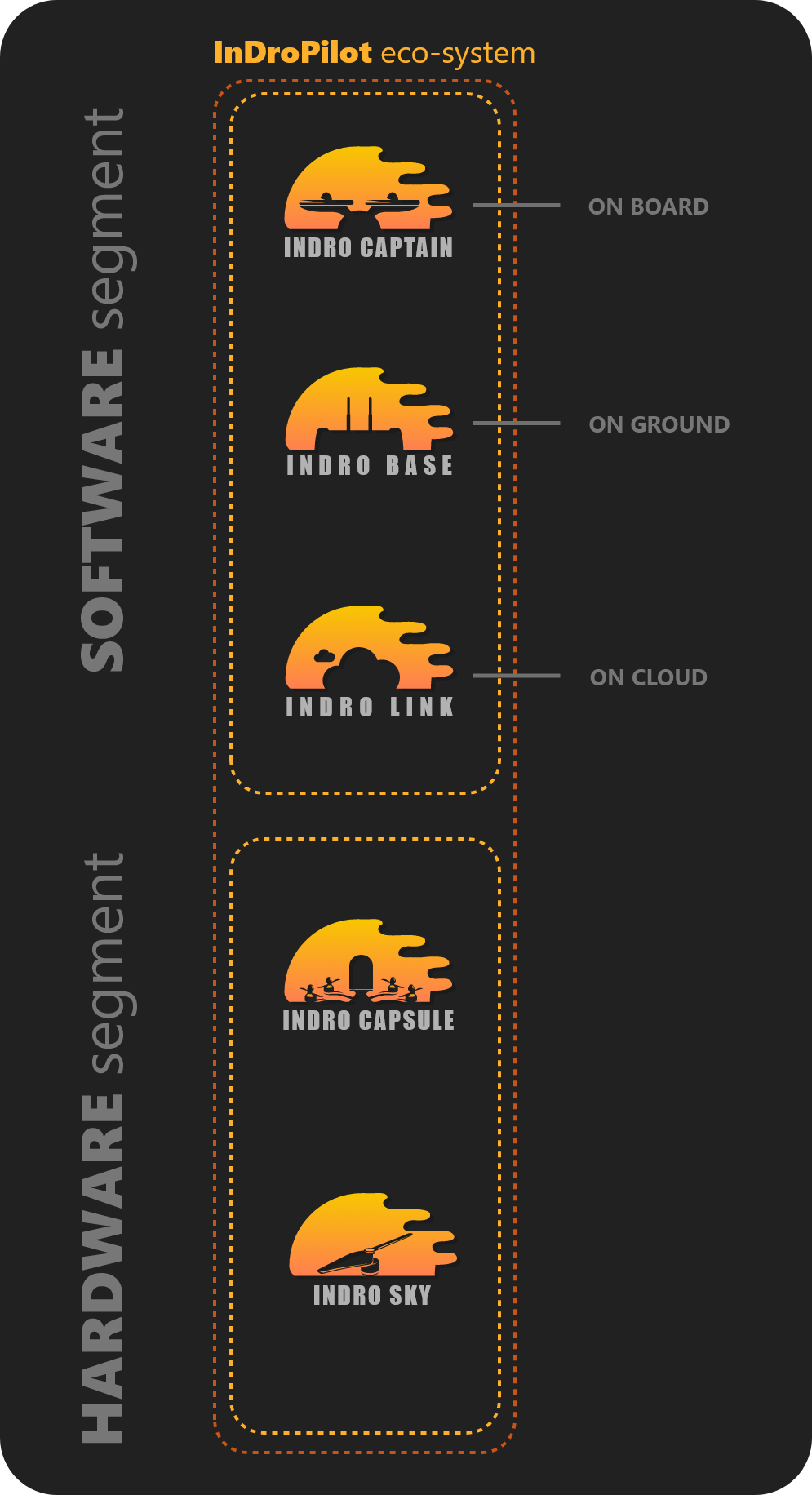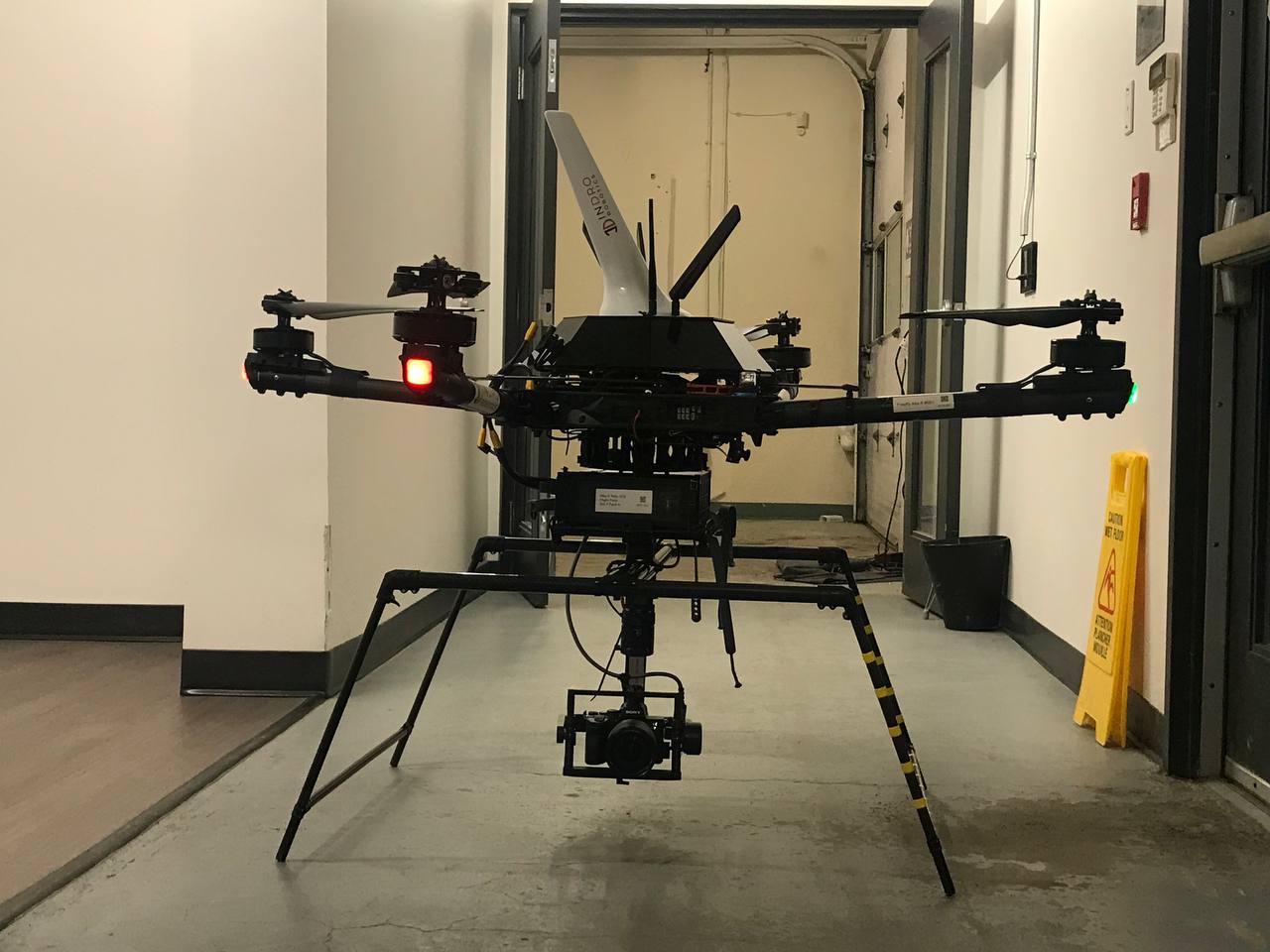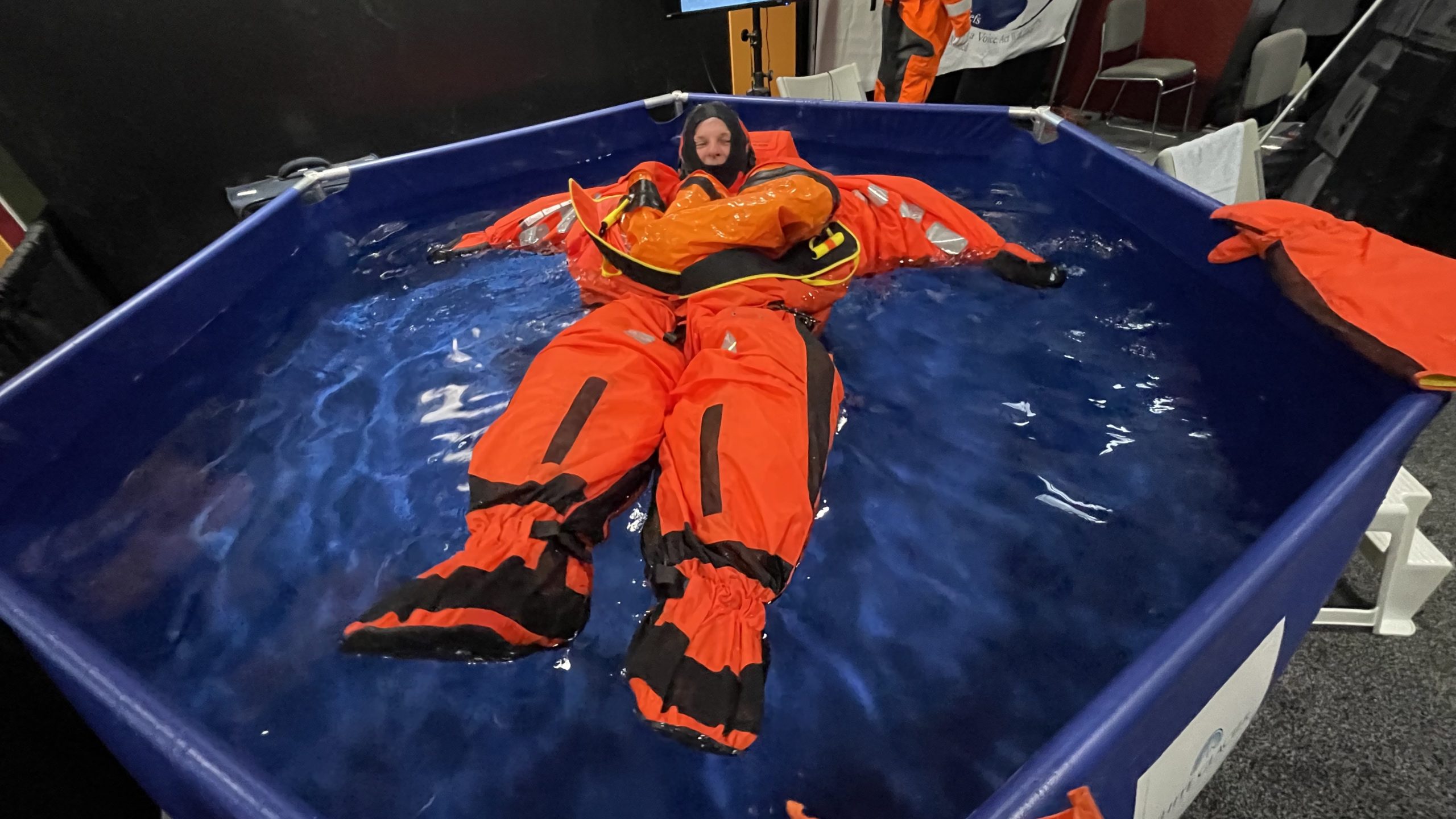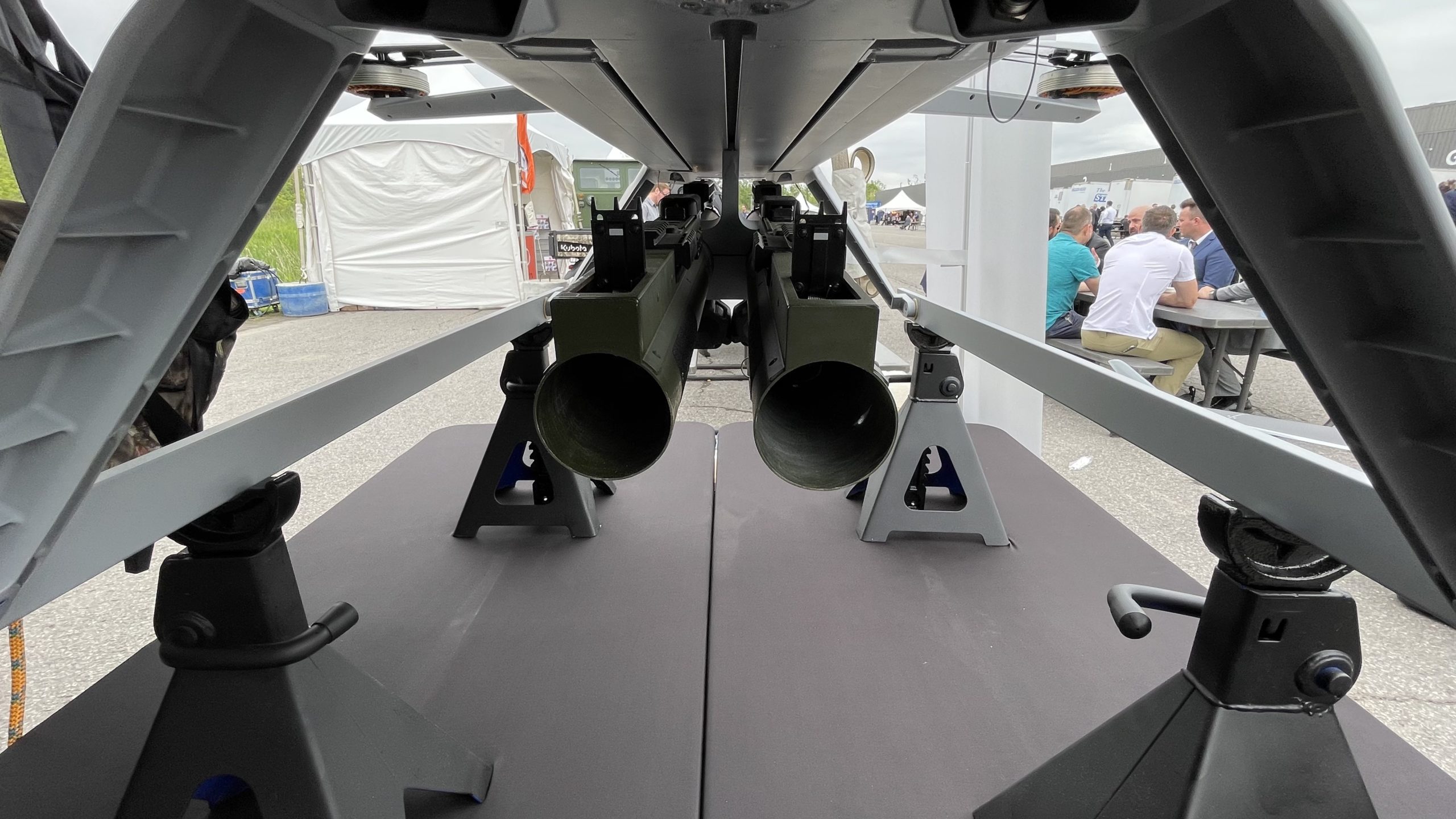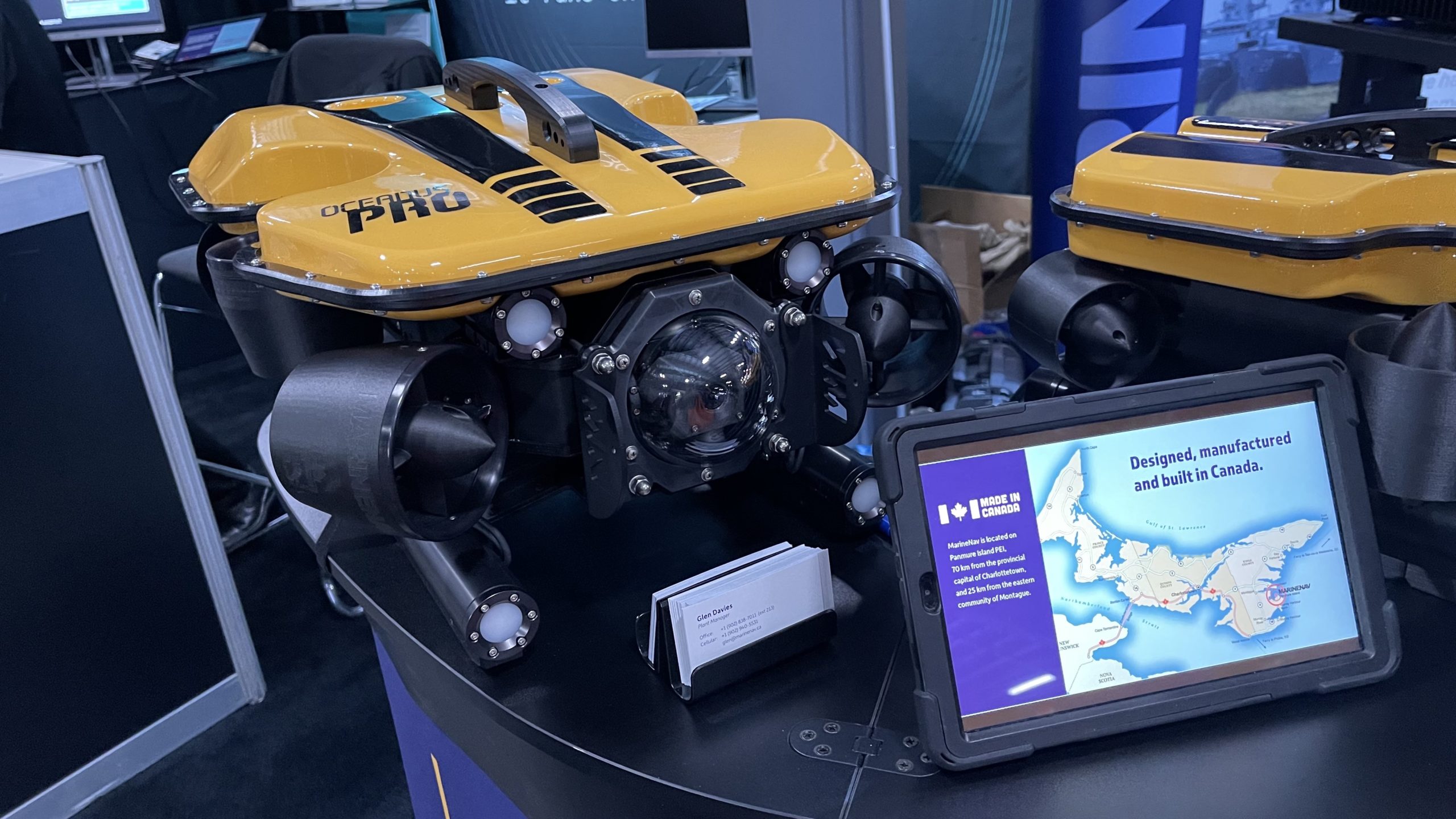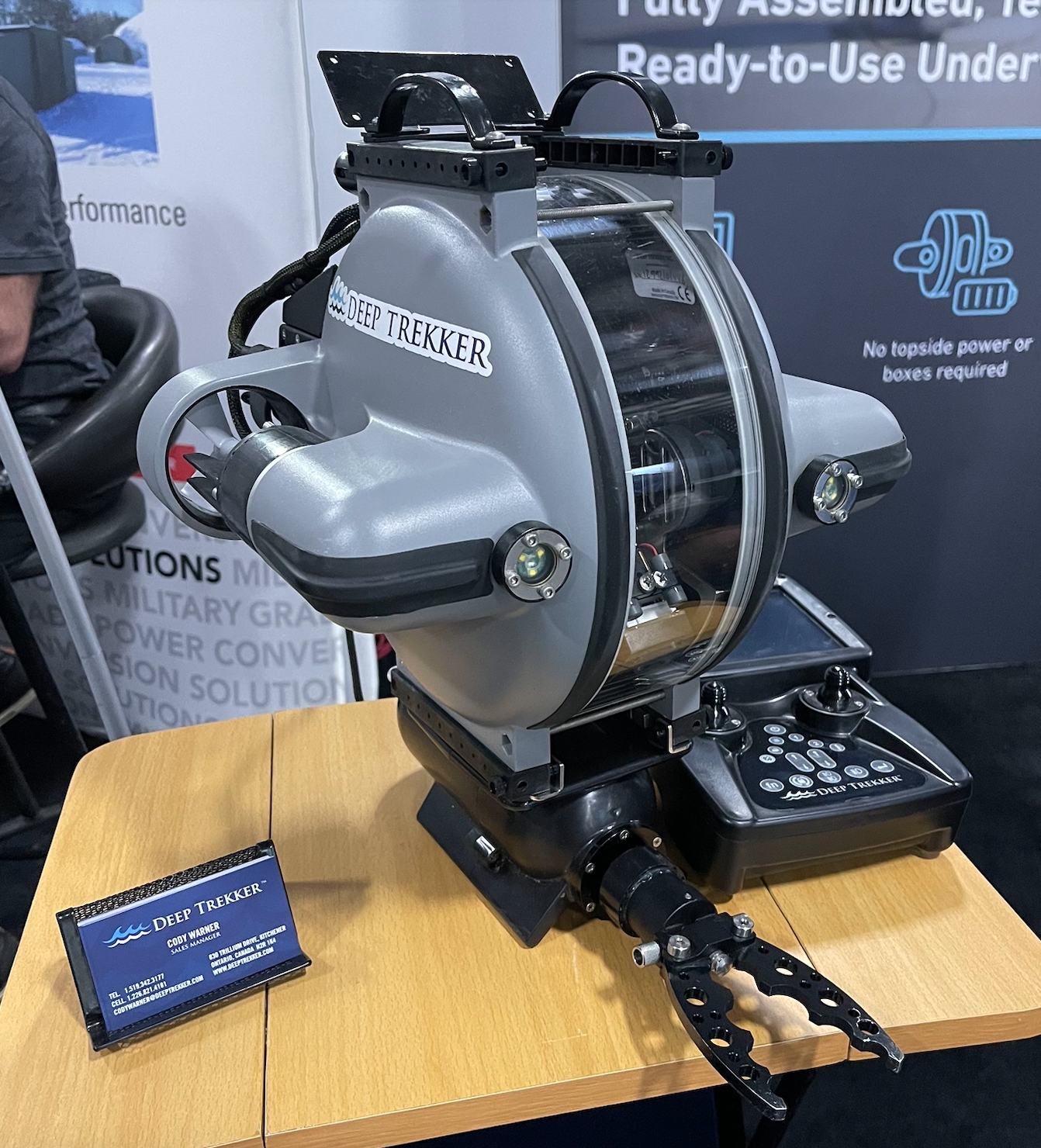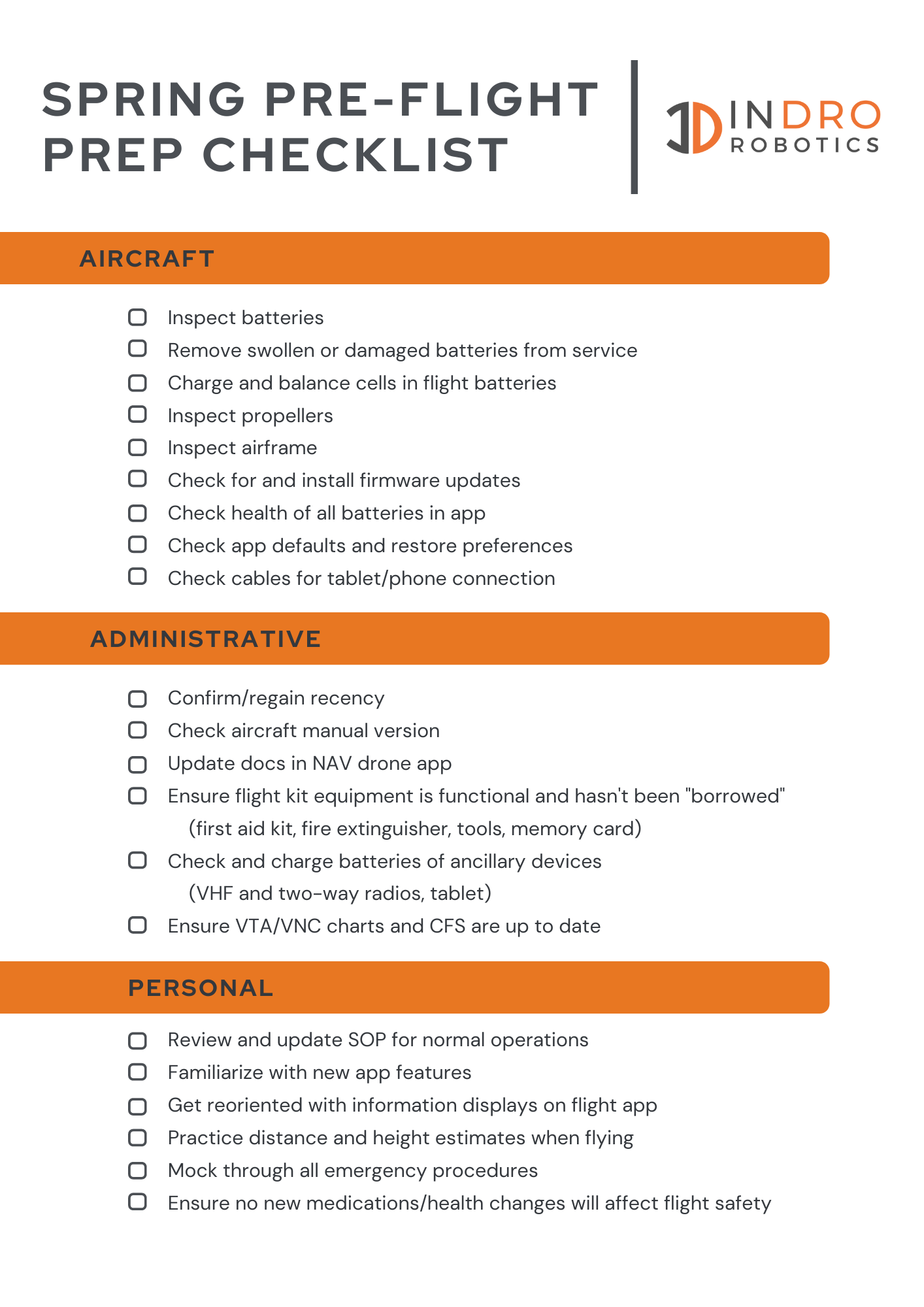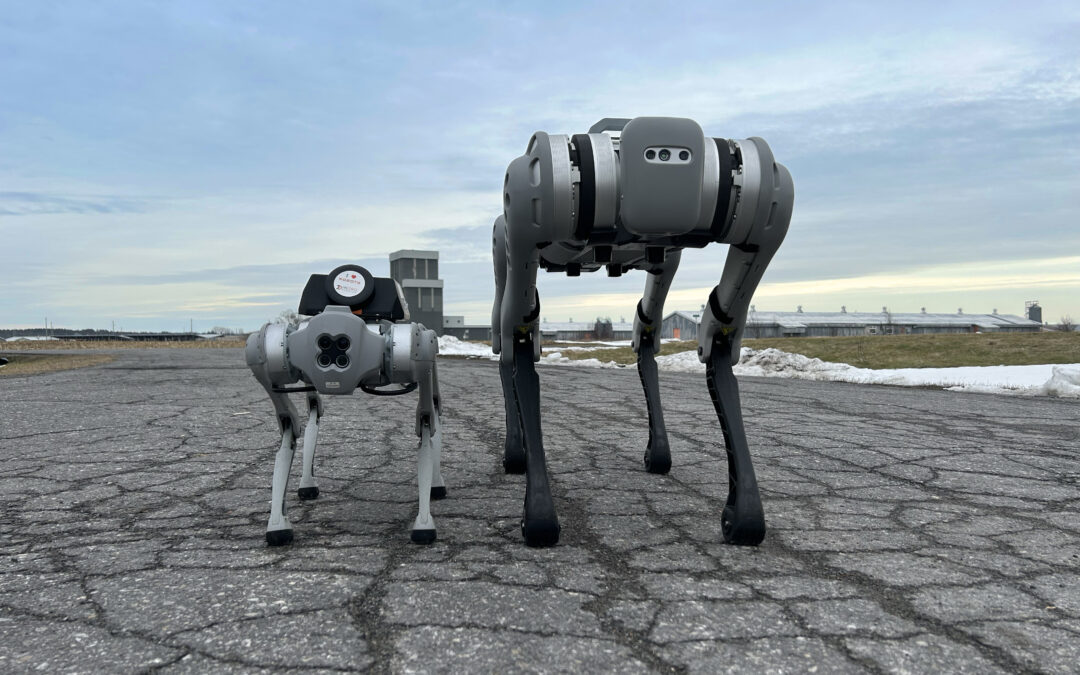
Unitree’s “dog” robots versatile, affordable
You’ve probably seen “Spot” by now.
That’s the yellow Boston Dynamics quadruped robot. Its structure and locomotion remind a lot of people of a dog, hence the name Spot. But it’s not the only dog in town.
Chinese manufacturer Unitree Robotics has multiple quadrupeds on the market. They are similar in design – and to a large extent, functionality – as the famous Boston Dynamics robot. They are also more affordable, capable of carrying out remote inspections, surveillance and more.
Don’t get us wrong. Spot is a phenomenal piece of engineering and we applaud the team behind it. But so too is the 12-kilogram Unitree Go1, which recently became part of the InDro Robotics stable of robots. We’ve been deploying it at our Area X.O facility on missions, and doing some R&D work of our own to make Go1 even easier and more secure to use.
First, let’s take a look, as Go1 checks out some of his new pals.

More about Unitree Robotics
Though the name may be new to you, this isn’t some brand new startup. Back in 2013, current CEO Xingxing Wang was doing postgraduate studies and developing his first quadruped robot, called XDog. He also took his skills to Shenzhen drone giant DJI during that period.
By 2016, videos of XDog had caused quite a stir. Xingxing Wang connected with an Angel investor, left DJI to become an entrepreneur – and Unitree Robotics was born. Now, six years later, the company has multiple quadruped robots designed for specific applications. There are models for educational and R&D purposes, heavy payload capacity, LiDAR applications and more.
These include:
Go1 EDU: Perfect for educational and research entities interested in testing and building out autonomous capabilities. Its low cost reduces barriers to entry, and the hardware on this robot (well, all of them) is top-notch.
Aliengo: With a battery life of up to 4.5 hours and capabilities on rough terrain, this machine is suitable for a wide variety of applications – including Search & Rescue, inspection or surveillance and more.
B1: This unit is best suited in harsh environments that require computationally intensive autonomous functionality. With an Ingress Protection rating of IP68 and three NVIDIA Jetson NXs, the B1 dominates (any and all) dusty, wet or complex applications. It can also carry a payload of 40 kilograms.

Hardware
In case you’re wondering, the company makes its own excellent hardware – including even some of the sensors. So Unitree Robotics is, at its core, a Research and Development company focused on building and selling four-legged robots.
Remember how we mentioned Unitree’s CEO built that XRobot in the early days? You can check out the Unitree robot evolution in the image below, which comes from this page on the company website.
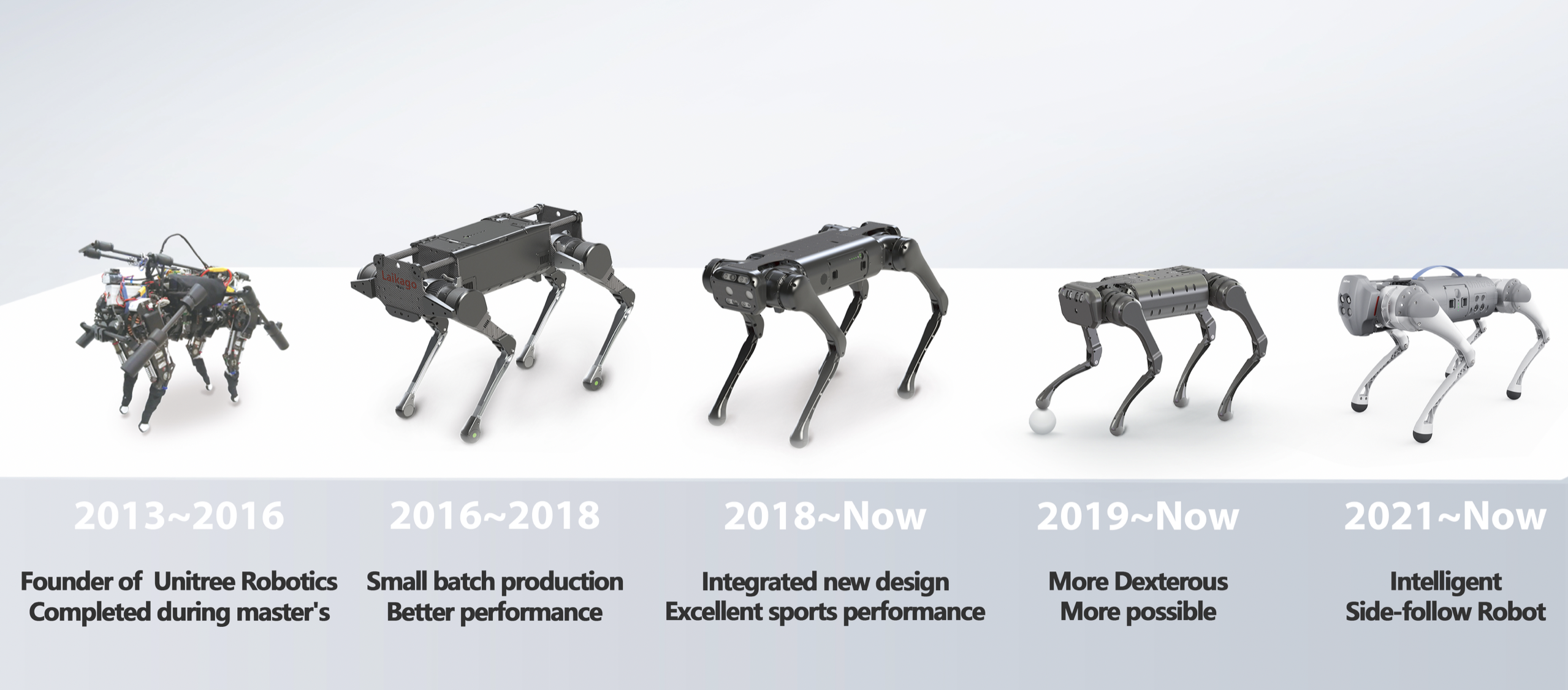
InDro Robotics & Unitree
We were quite intrigued by the Unitree line, and placed an early order for the Go1. We wanted to put it through its paces and see if there might be some synergy with our other ground and aerial robots. We were quite impressed with the build quality, along with the speed of this robot. It can trot along at some 17 km/hr, which is faster than the other popular quadrupeds on the market.
Plus, it can just do a lot. It wasn’t long before we realised there was a real synergy with other InDro Robotics offerings.
“It’s such a great fit for our product line,” explains Head of Robotic Solutions Peter King. “It’s perfect for R&D clients and is a great match for our industrial clients in critical infrastructure inspection, public safety, and construction and mapping. Plus, it’s incredibly affordable.”
InDro is now a distributor of Unitree Robotics products. We’re also working on some added-value solutions that will make these robots even easier to use.
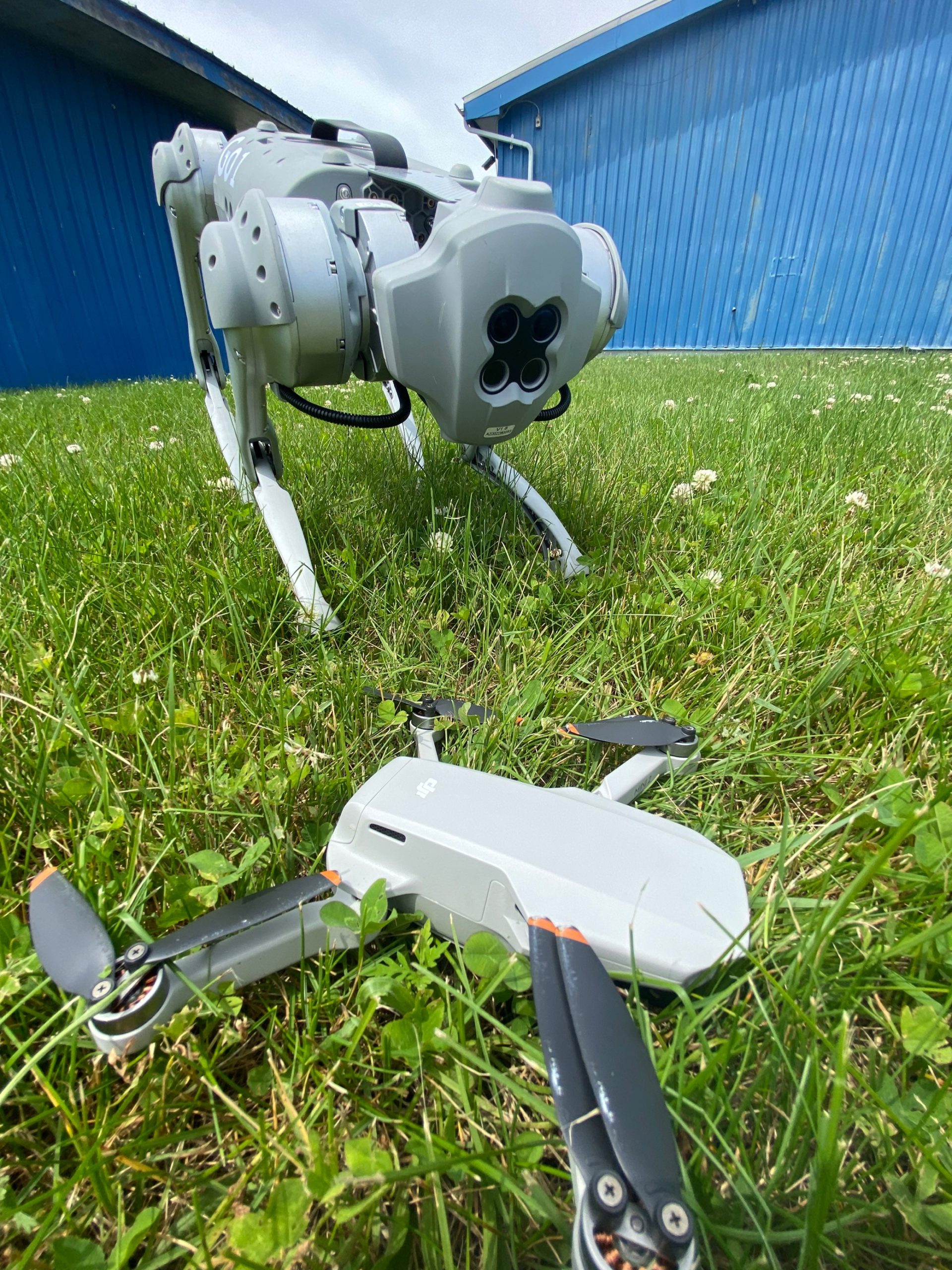
InDro’s Take
Unitree Robotics produces well-built, affordable products. We’re pleased to have established a partnership with the company, and look forward to distributing its products. The Unitree Robotics products are perfect for a wide variety of tasks, ranging from pure Research & Development through to infrastructure inspection, security – and even First Responder applications.
We’ve also been hard at work on integrating Go1 and other members of the Unitree family into a back-end that will allow for simple and secure operations of these machines from even distant locations and with minimal training – all with secure, real-time data.
Much more on that, coming soon! In the meantime, if you’d like more information about Unitree’s robots, you can get in touch with account executive Luke Corbeth here.


